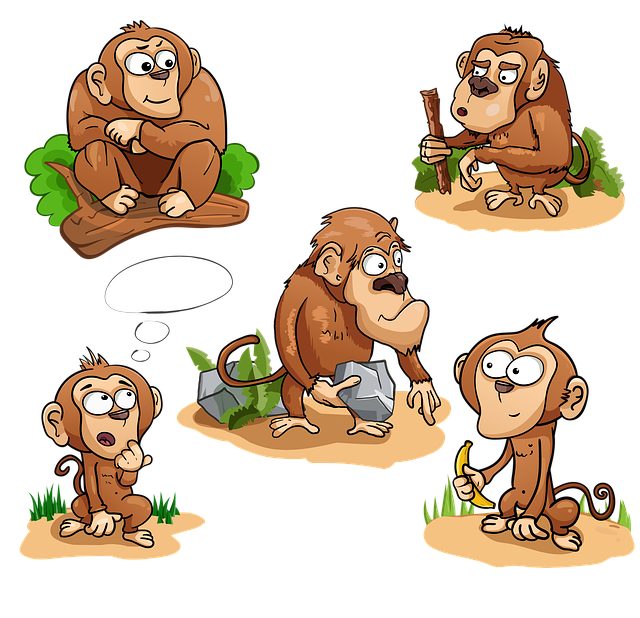Once upon a time, in a laboratory setting, there were five monkeys placed in a cage as part of a peculiar experiment. In the center of the cage stood a ladder, and at the top rung, tantalizingly out of reach, were bananas. Little did the monkeys know that this experiment would reveal profound insights into human behavior and organizational culture.
The experimenter, curious about how group dynamics and learned behavior influence decision-making, devised a strategy. Every time a monkey attempted to climb the ladder to reach the bananas, the experimenter would unleash a spray of icy water on all the monkeys in the cage. This created an unpleasant experience for the entire group, discouraging any individual monkey from attempting to ascend.
As a consequence, a social norm emerged within the monkey community – a norm driven by aversion to the icy water. Whenever a monkey dared to climb the ladder, the others would pull him off and, in some instances, even resort to physical aggression to enforce the rule. Gradually, a peculiar form of self-regulation developed among the monkeys, and none dared to venture up the ladder.
Now, here comes the twist. The experimenter decided to substitute one of the original monkeys with a new monkey, one who had not experienced the icy water ordeal. As expected, the new monkey, driven by natural curiosity and an innocent desire for the bananas, attempted to climb the ladder. However, the existing monkeys, well-versed in the established norm, promptly pulled him down and discouraged the behavior with a few stern gestures.
What followed was a gradual replacement of each original monkey with a new one. Every time a newcomer joined the group and attempted to climb the ladder, the others, guided by learned behavior, prevented the ascent. Astonishingly, even when all the original monkeys were replaced, the group continued to enforce the norm, even though none of the monkeys had experienced the icy water firsthand.
This intriguing experiment, often referred to as the “Five Monkeys Experiment,” symbolizes a widespread phenomenon in organizational cultures. It reflects how individuals often adhere to established practices without understanding or questioning the underlying reasons. The phrase “that’s not how we do things” becomes a mantra, passed down through generations of employees, creating a culture of conformity.
So, if you find yourself in a work environment where certain practices seem unquestioned and ingrained, it might be worth asking the question: Why? Challenge the status quo, encourage a culture of inquiry, and share the tale of the five monkeys. After all, understanding the “why” behind established norms is crucial for fostering innovation and growth in any organization.



